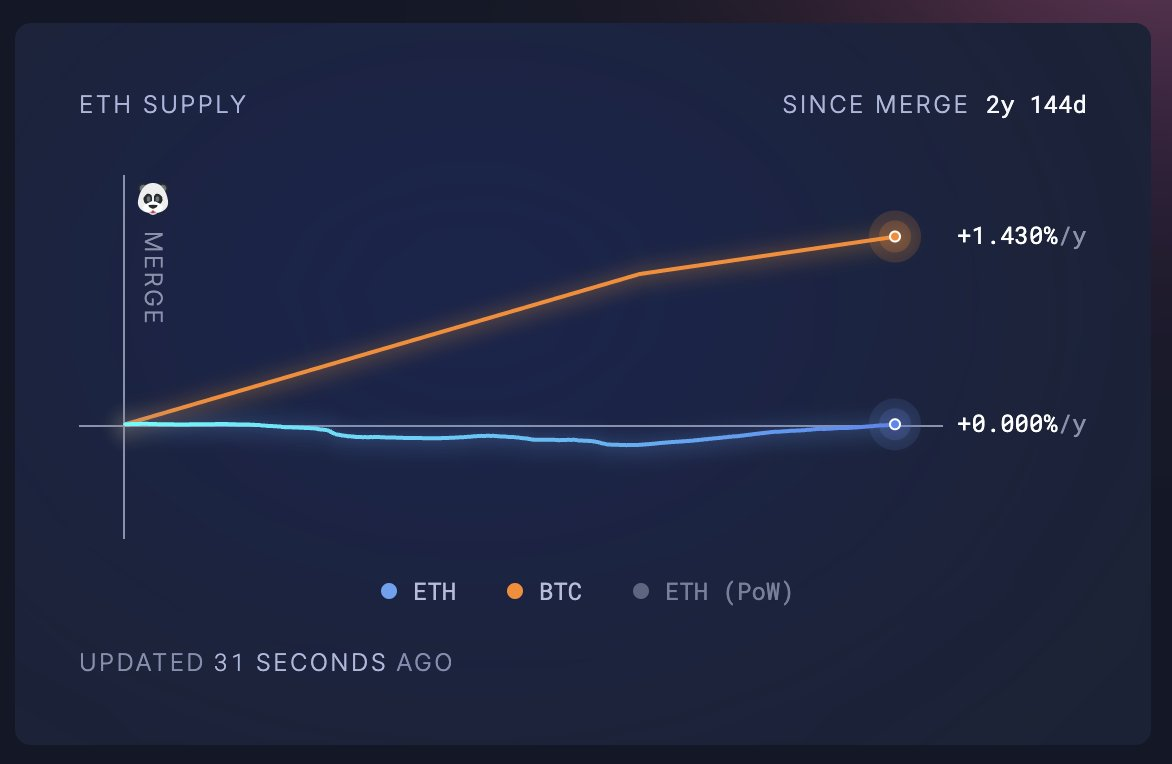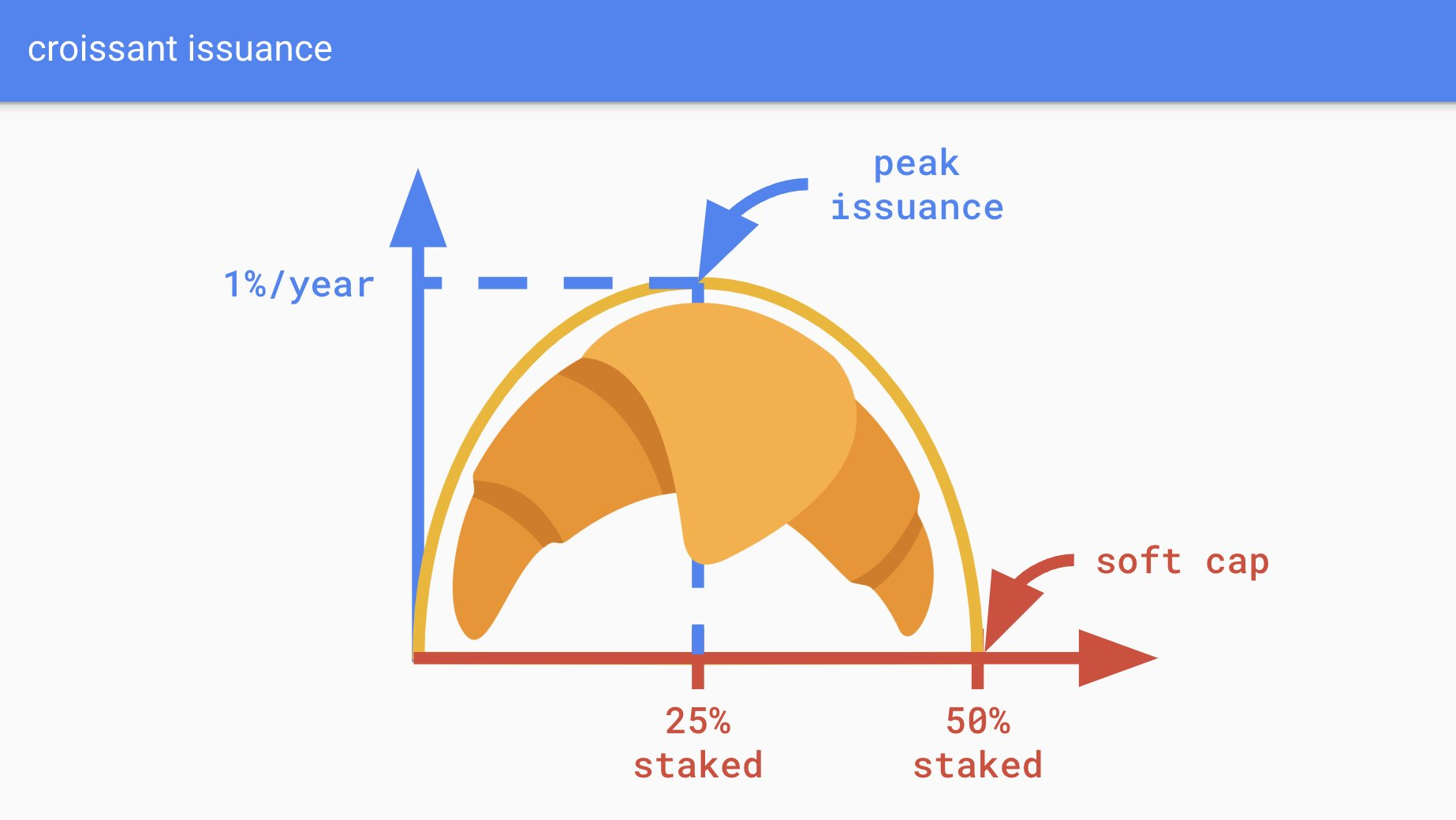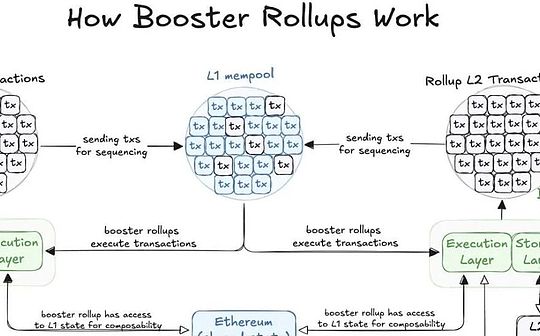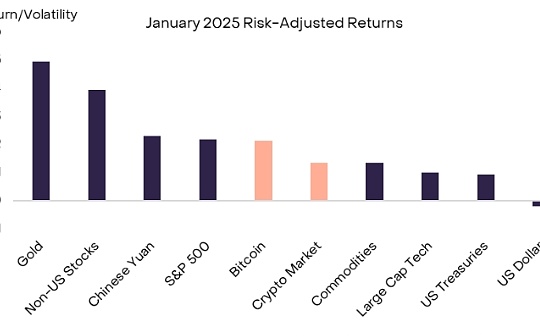In-depth discussion on the issuance and destruction of Ethereum: The dynamic game of cat and mouse

Reprinted from panewslab
02/08/2025·5DAuthor: Justin Drake, researcher at the Ethereum Foundation
Compiled by: Felix, PANews
ETH supply is currently growing by 0.5% per year. That is, 1% of the issuance per year minus 0.5% of the annual destruction. If you want to achieve excess returns again, either the issuance volume decreases or the destruction volume increases. I personally think both will happen.
ETH and BTC
Before delving into the issuance and destruction of Ethereum, let’s briefly introduce ETH and BTC.
Internet native currency is a huge opportunity, worth hundreds of trillions of dollars. Currency premiums rarely accumulate on a large scale. You need a truly attractive asset with outstanding attributes for social coordination.
At first glance, monetary is a zero-sum game. In the Internet era, gold is ready for demonetization. There are only two candidate currencies that can replace it and win the Internet currency battle—BTC and ETH. No other currency can match it. Personally, the decisive factors are credible neutrality, security and scarcity.
ETH has been scarce than BTC since the Ethereum merger. It is worth noting that BTC supply increased by 666,000 to $66 billion, while ETH supply remained stable. Today, BTC supply is growing by 0.83% per year, 66% faster than ETH. For those looking to the future, ETH supply will be reduced again.

Scarcity is important, but ultimately, the dispute over Internet currency may still be resolved by security. Ironically, the famous 21 million BTC cap is the culprit. BTC issuance will drop to zero – this is Bitcoin’s most powerful social contract. After a few halvings, the circulation will be so small that it doesn't matter.
Here is a data: In the past 7 days, only 1% of miners' income came from Bitcoin handling fees and 99% came from Bitcoin issuance. Despite four halvings, 16 times the issuance has been reduced, and despite 15 years of spending people looking for the trading utility of Bitcoin, this is still the case.
Personally, I think the Bitcoin blockchain is outdated. To last a 51% attack on Bitcoin, about $10 billion and 10GW of electricity are required. For nation-states, the cost is insignificant. As for electricity, Texas can produce 80GW. The security ratio of BTC is 200 to 1, a $2 trillion asset guaranteed by $10 billion in economic security.
Any short-sellable tool associated with BTC mining will incentivize 51% attacks. There are $20 billion worth of Bitcoin mining companies - these stocks will immediately create a "nuclear explosion". BTC open interest has $40 billion - direct short exposure. Not to mention the potential short exposure generated through $100 billion ETF and $100 billion MSTR.
Can BitVM solve the cost problem? Any BitVM bridge is an incentive to conduct 51% attacks on Bitcoin. In fact, 51% of attackers can review fraud proofs and exhaust the BitVM bridge during the challenge period. Ironically, BitVM can be said to be a direct attack on Bitcoin.
If BTC price rises 10 times, surpassing gold, then is Bitcoin still safe? Suppose this happens within the next 11 years. BTC will be a $20 trillion asset, but the issuance will be reduced by 8 times due to three halvings. The safety ratio will exceed 1000 to 1. I personally think this is untenable, especially when BTC is institutionalized, liquidity is stronger, and ultimately easier to short. Imagine a perpetual open contract of $1 trillion, but only $10 billion in economic security.
Can Bitcoin repair itself somehow before it's too late? Bitcoin is a microcosm of blockchain rigidity. Can it have a tail circulation of 1% per year? Maybe Bitcoin can switch to PoS and rely on the lowest fees? PoS is blasphemy. Maybe Bitcoin can be exchanged for another PoW algorithm? No, that nuclear option doesn't help. Maybe Bitcoin can own large blocks and sell data availability on a large scale? Well, for the sake of small blocks, there was once a jihad war.
If you read this and understand the above, then congratulations. Even today, few people are aware of the long-term impact of Bitcoin PoW and its impact on BTC assets. This is an opportunity to be pre-executed, but requires patience. Time is not 1 month, not even 1 year - but 10 years.
Speaking of the long-term framework, Lummis' proposal to lock BTC for 20 years is a bit crazy—by then Bitcoin will be phased out. Worse, if the U.S. holds trillions of dollars in BTC, this will directly inspire the U.S. enemies to launch a 51% attack. Contrary to common belief, Bitcoin has no resistance to nation-states at all—countries like Russia can easily launch 51% attacks.
ETH Issuance
Back to ETH. The current release curve is a trap. Unfortunately, just like the issuance of Bitcoin, Ethereum issuance design is also wrong. It guarantees a 2% tail APR even if 100% ETH is pledged. Since the pledge cost is much less than 2%, every rational ETH holder is motivated to pledge it.
When most ETH is pledged, you will face losses:
→ ETH Permutation: Liquid staking tokens like stETH and cbETH replace the original ETH as collateral. This injects systemic risks into DeFi (hosting risks, risk reduction, governance risks, smart contract risks). This displacement will also weaken the role of ETH as an accounting unit and have a further chain reaction to the currency premium.
→ Real profit and tax rate: Real profit, i.e. earnings adjusted for supply growth, decrease as ETH pledge increases. When 100% ETH is pledged, all ETH holders are equally diluted. Worse, income tax is levied on nominal gains. It would be a tragedy if no pledgers enjoy positive real profits and all ETH holders are subject to billions of dollars in selling pressure every year.
Personally, the issuance curve should drive the discovery of fair issuance rates through stakeholder competition—rather than arbitrarily setting a lower limit of 2%. This means that as ETH staking increases, the issuance curve must eventually drop and return to zero. My personal suggestion is "Croissant Issuance".

"Croissant Release" is a simple semi-ellipse with two parameters:
→ Soft upper limit: the pledge ratio when the issuance volume reaches zero. The 50% pledge soft cap feels credible, neutral and pragmatic.
→ Peak Issuance: The theoretical maximum issuance borne by ETH holders. A random integer (such as 1% per year) is OK, because the final interest rate will be determined by the market.
Ethereum Foundation researchers have been studying the issuance for many years—I personally believe that the current curve has been broken and needs to be changed, which is a rough consensus. It is not easy to guide the social layer to change the issuance. For the champion, it is an opportunity to deal with this situation and coordinate changes to the mainnet in the coming years.
ETH Destruction
Personally, I believe that the sustainable way to destroy large amounts of ETH is to expand data availability. A DA with 10 million TPS and pays $0.001 per transaction is more profitable than having 100 TPS and pays $100 per transaction.
I wouldn't be surprised if we see hundreds of ETH blobs being destroyed every day this year, then this destruction could suddenly plummet again due to peer data availability (DAS) in the Fusaka fork.
Yes, the blobs (data blocks) introduced by EIP-4844 have reduced the total destruction to a certain extent, which is a natural phenomenon of supply and demand. When demand for DA catches up with supply, blobs are expected to be destroyed in large quantities. In a few months, the Pectra hard fork will double the number of blobs. The short-term goal is growth, and there is a large increase expected.
In the next few years, supply and demand will continue to play like cats and mice until the complete Danksharding deployment is completed. I wouldn't be surprised if I saw hundreds of ETH blobs destroyed every day this year, and then this destruction suddenly collapsed again due to peer DAS crashes in Fusaka forks.
Looking to the future, it is building infrastructure for decades and centuries to come. The fundamentals will emerge in the next few years. Whether it is Bitcoin security, ETH issuance or ETH destruction, you must maintain patience and confidence.
Related Readings: Ethereum Foundation’s “Game of Thrones”, where is the major reforms going?


 chaincatcher
chaincatcher
 jinse
jinse